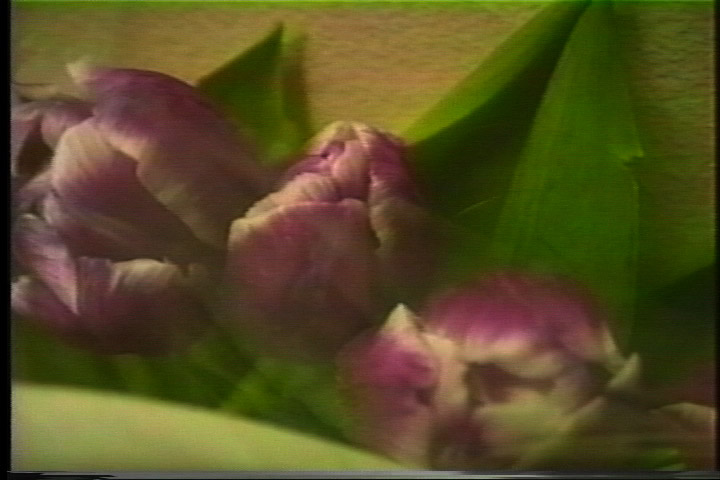
ROOM
For the past five or six years a great many smaller companies have sprung which deal in custom imaging software. One of these, TARDOV, developed the first version of their software package ROOM (which is not an acronym) in 1986. Even today, after the third version of ROOM has been issued and used in a wide variety of applications, the ramifications of this technology are not widely appreciated. ROOM has the ability to take a two-dimensional representation of space (any photograph, painting or drawing which follows the laws of perspective) and by super-imposing a three-dimensional grid, begin to reconstitute the space, at least in visual terms. Because it has the ability to approximate the view from any position within the grid, it allows one the privilege of entering a photograph (or painting or whatever) and looking around. It must be stressed that the program does more than simply zoom in; it breaks open the space allowing the viewer to explore a given object from any angle, snoop in all the nooks and crannies. My reasons for undertaking a project using ROOM are complex and vague. Basically, I believe that the incredible utility of ROOM has obscured its significance as a paradigm-challenging entity. As I am sure you are aware, some of the main paradigmatic changes that came along with modernism circle (or cluster) around the Heisenberg Uncertainty Principle, which is a mathematical formula which states, in layman's terms, that one can know the position of a particle (space) or its velocity (space/time), but not both. This is basically a problem concerning narrative. It tells us we can freeze the action (and lose the plot), or follow the action (but never be able to objectively examine any specific event. Narrative has come the closest to solving this dilemma in one of the few indisputably modern genres: the detective story. The detective story seeks to examine a particular event in terms of both space/time and space. The narrative seeks one thing only: the re-creation of a specific event at a specific time and specific location. This re-creation, however, moves as all plots move: through time ROOM finally makes postmodern narrative possible. A single image gives rise to an infinite number of other images. This procession of images forms the narrative, but it is not a narrative that moves through time. Time has been flattened, done away with. This narrative is still a mystery, but it is a mystery already solved, all laid out. One becomes simultaneously the transgressor and the examiner of this transgression. Simultaneously the author, narrator, and reader. The true moment of voyeurism is finally realized.
|